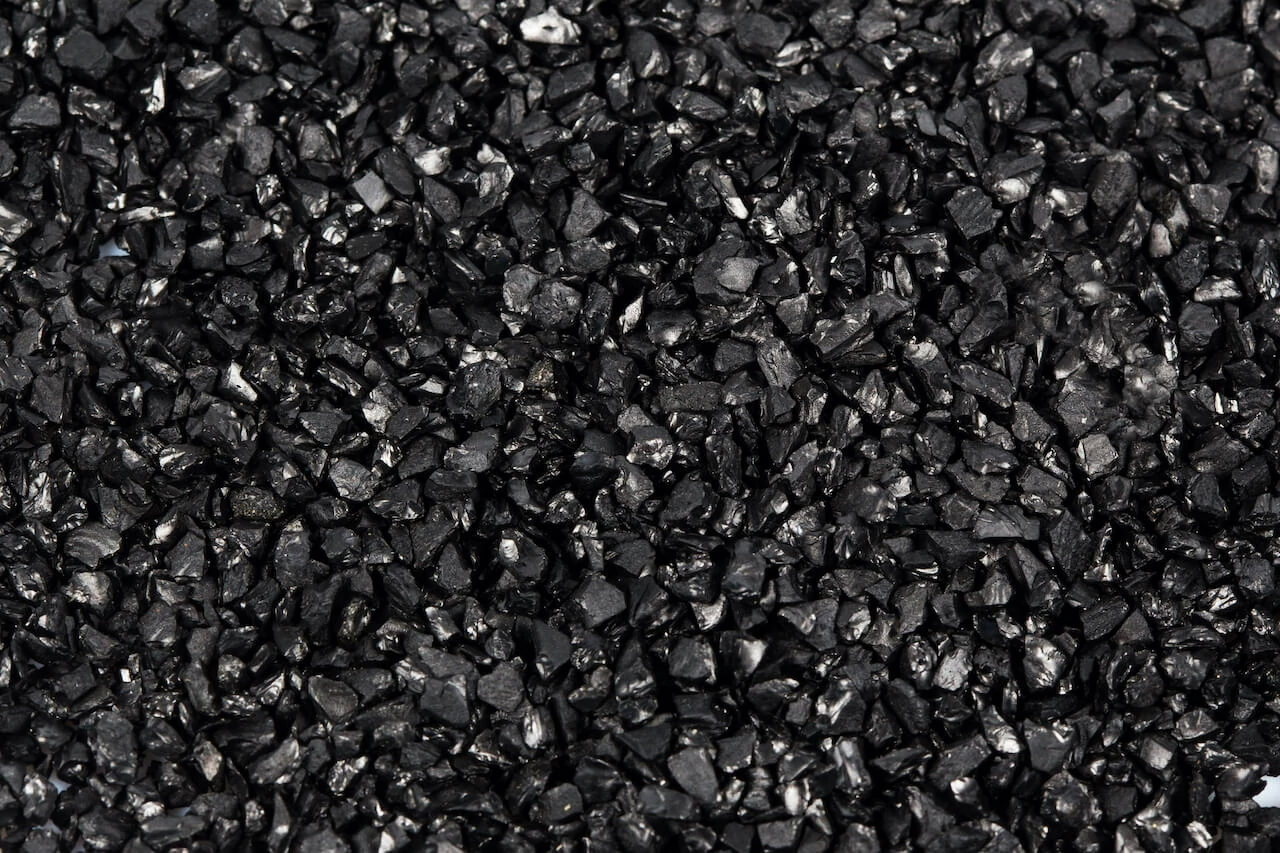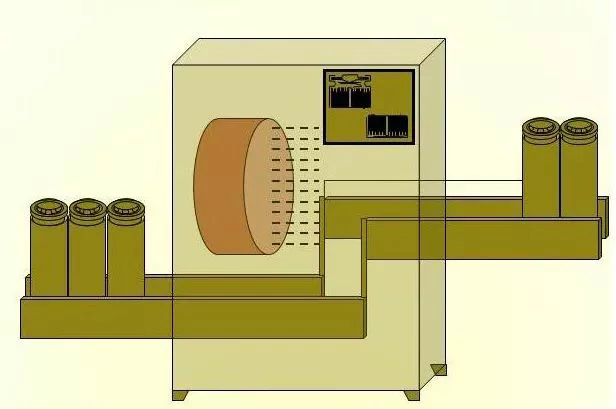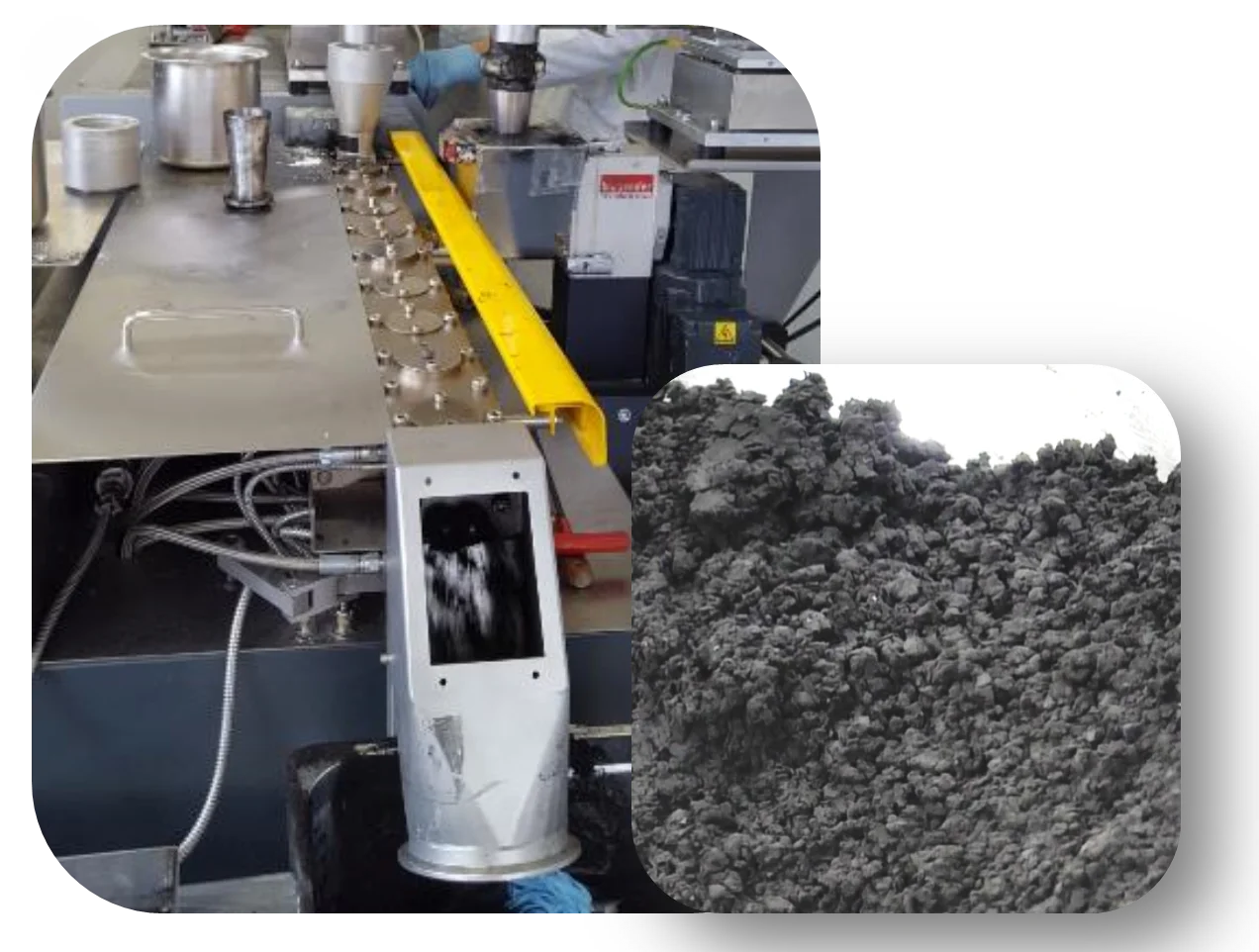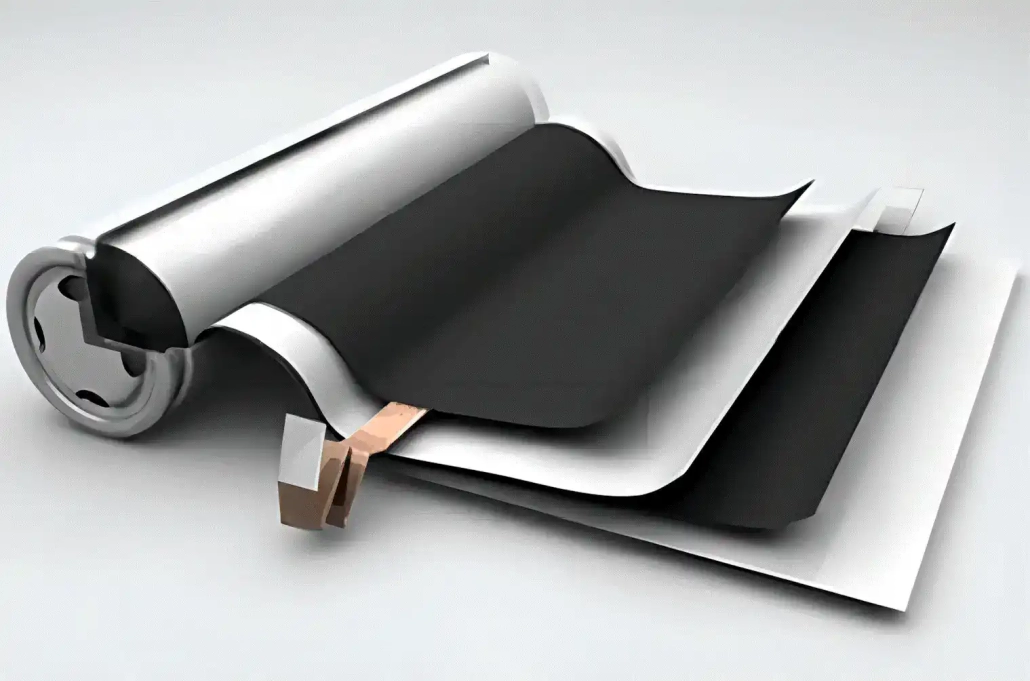Final inspection and packaging technology for lithium-ion start-stop batteries on motorcycles
main content
As the final stage of the lithium battery production process, final inspection and packaging directly determine the delivery quality and market competitiveness of the products. For lithium-ion start-stop batteries on motorcycles, at this stage, it is not only necessary to ensure the reliability of battery performance, but also to design adaptable packaging solutions tailored to the unique usage scenarios of motorcycles, such as vibration and temperature changes. This article conducts an analysis from three dimensions: the final inspection technology system, packaging design innovation, and industry standards.
I. Final Inspection Technology System: Multi-dimensional verification from micro-defects to system performance
1. Visual inspection: The integrated application of AI vision and 3D imaging
The motorcycle battery housing is made of 6063T5 aluminum alloy or engineering plastic. It is necessary to identify surface scratches (≤0.15mm), housing deformation (flatness error ≤0.2mm) and other defects through high-precision detection equipment. For instance, the square battery detection system developed by Jingzhi Vision uses 3D line laser scanning (with an accuracy of ±0.01mm) in collaboration with a CCD camera for detection, which can identify potential hazards such as residual electrolyte crystals and offset electrode TAB welding. For cylindrical batteries, a rotary line scan camera is adopted to achieve 360° all-round detection without blind spots, supporting high-speed sorting up to 150PPM.
2. Core performance test matrix
Electrical performance verification: According to the QC/T 10942018 standard, the following need to be completed:
Room temperature discharge capacity (discharge at 0.2C to terminal voltage, capacity deviation ≤5%)
Cycle life test (capacity retention rate ≥80% after 1000 cycles)
Low-temperature start-up performance (voltage ≥10.56V at 20℃ for 5 seconds)
Safety feature testing: including overcharge protection (power-off triggered at 1.2 times the rated voltage), short-circuit protection (response time ≤1ms), and vibration test (random vibration at 10200Hz, acceleration 20g for 2 hours).
Environmental adaptability: Salt spray test (5% NaCl solution spray for 96 hours), high-altitude simulation (5000m altitude air pressure environment).
3. Integration of intelligent detection systems
Modern production lines have introduced digital twin technology, which builds predictive models by collecting over 200 parameters in real time, such as the rate of change of internal resistance and temperature gradient. For instance, Xinwei testing equipment supports 400-channel parallel testing. Combined with the MES system, it enables full traceability of testing data, ensuring process stability with CPK≥1.67.
Ii. Packaging Technology Innovation: Collaborative Design of Vibration Protection and Intelligent Monitoring
1. Seismic structure optimization
In view of the high-frequency vibration characteristics in motorcycle transportation, the packaging scheme needs to meet the following requirements:
Split-type buffer design: It adopts the four-corner buffer component from patent CN220096984U. Each buffer unit contains a double magnetic repulsion structure (magnetic force ≥15N) and a buffer spring (elastic coefficient 50N/mm), which can absorb 90% of the 20g impact energy.
Suspended fixation: By combining nylon straps with EVA foam, the battery is suspended in the center of the packaging box to avoid direct contact with the box body. After a 1.2-meter drop test, the deformation of the shell is ≤0.5mm.
2. Environmental protection system
Waterproof sealing: It adopts a three-layer composite membrane structure (PET/AL/PP), and the joints are sealed with polyurethane glue (peel strength ≥3N/15mm), and has passed the IP67 grade verification.
Temperature-controlled packaging: Integrated with an NTC temperature sensor (accuracy ±0.5℃) and phase change material (PCM), it automatically initiates gel cooling when the ambient temperature exceeds 45℃, maintaining the internal temperature at 25±5℃.
3. Intelligent packaging solutions
Traceability label system: Data Matrix QR code (24×24 module) stores production batches, BMS versions and charge and discharge history, and supports mobile phone scanning to obtain the full life cycle data of the battery.
Transportation status monitoring: Built-in three-axis acceleration sensor (sampling rate 1kHz) records transportation impact data in real time. When the set threshold (such as 15g) is exceeded, an LED alarm is triggered.
Iii. Industry Standards and Key Points of Quality Control
1. Testing standard system
Mandatory standard: GB/T 366722018 stipulates that extreme tests such as seawater immersion (1 hour) and external fire exposure (direct contact with the flame for 130 seconds) must be passed.
Data traceability requirements: According to QC/T 10942018, the test data need to be kept for more than 10 years and include key parameters such as the original voltage curve and temperature distribution heat map.
2. Packaging compliance requirements
UN38.3 certification: The packaging must pass tests such as a 1.2-meter drop and stacking pressure (≥100kPa), and the electrolyte leakage should be no more than 5ml.
Green packaging trend: Replacing traditional solvent-based materials with soy oil-based modified polyethylene (VOCs≤10g/L) reduces the carbon footprint by 40%.
Iv. Technological Development Trends
1. Ai-driven defect prediction: Deep learning algorithms can predict potential failure points before battery assembly by analyzing historical inspection data (such as the propagation rate of shell microcracks), reducing the defect rate from 0.5% to 0.1%.
2. Self-healing packaging material: Microencapsulated repair agent (diameter 50-200 μm) is embedded in the buffer layer. When the shell is compressed and breaks, the repair substance is automatically released, with a repair efficiency of 85%.
3. Blockchain traceability System: It realizes the full chain data of packaging and transportation users on the blockchain through the Hyperledger architecture. After the battery is retired, the identification information can be reset through laser cleaning (pulse width 10ns), and it supports the secondary utilization of the shell.
Conclusion
The final inspection and packaging of lithium-ion start-stop batteries for motorcycles have evolved from a simple quality inspection process to a systematic project integrating materials science, intelligent sensing and digital twin technology. Through the application of innovative technologies such as 3D vision inspection (with an accuracy of 0.01mm) and magnetorheological buffer materials (with adjustable damping range of 50200N·s/m), modern battery manufacturing enterprises can increase the product delivery qualification rate to 99.98%, while keeping the transportation loss rate below 0.03%. In the future, with breakthroughs in solid-state battery technology and degradable packaging materials, the inspection and packaging stage will play a more core enabling role in the full life cycle management of batteries.
RELATED BLOG

START-STOP LITHIUM battery
Enov start-stop battery is designed to provide excellent performance for high-demand start-stop vaehicles. It adopts the third-generation intelligent lithium platform architecture to achieve technological breakthroughs in core indicators such as cycle life, environmental adaptability and energy density. Compared with the traditional lead-acid battery system, the energy efficiency is increased by 210%, the cycle life is extended by 8-10 times, and the monthly self-discharge rate is controlled within 3%. Enov's unique low-temperature battery technology makes a breakthrough in achieving stable output in the whole climate domain from -30℃ to 65℃, maintaining more than 90% of the effective capacity release under extremely cold conditions (-30℃), and maintaining 90% of the capacity in high temperature environments (65℃).
The start-stop battery series products cover the mainstream voltage platform of 12V/24V/48V, and support flexible configuration of LFP (lithium iron phosphate) and NCM (lithium nickel cobalt manganese oxide) dual-material system. All models adopt modular design to support customization of different model specifications. Enuo engineering and technical team to provide full cycle technical service support, if you need, please contact us.
Other products
UAV BATTERY
LITHIUM ENERGY STORAGE BATTERY
QUICK INQUIRY
FAQ
Access to high frequency technical questions with one click, get accurate answers on product application, after-sales policy and customization process.
Service and Support
Get the latest product specifications, explore professional OEM/ODM customization services, click to open exclusive technical support and production solutions.
Become a Partner
We sincerely invite resources to interconnect, work together for win-win development, and immediately open a new chapter of strategic cooperation!





